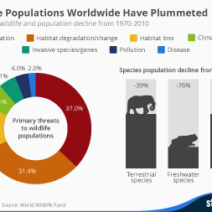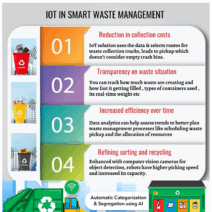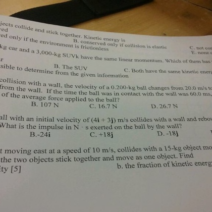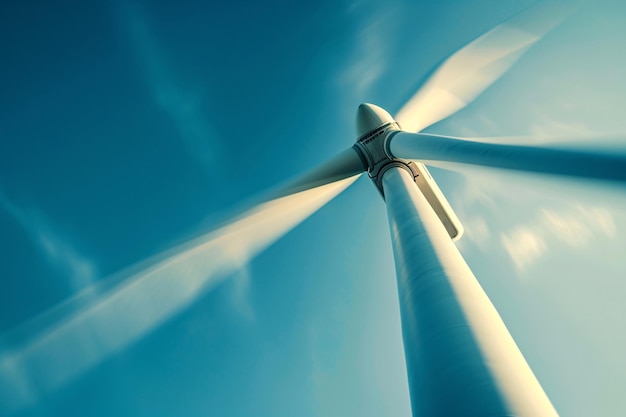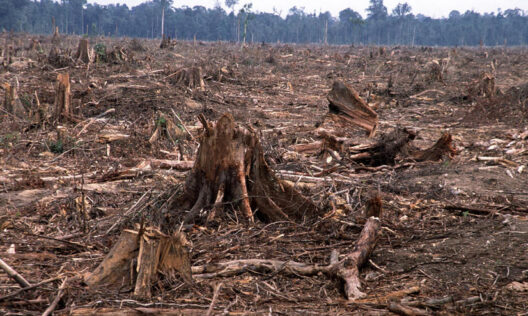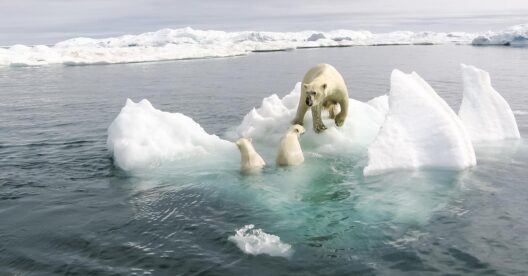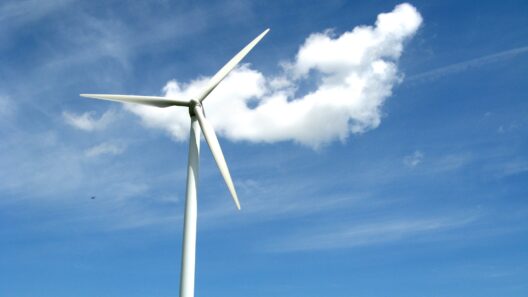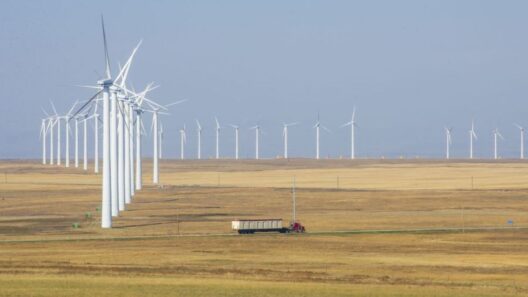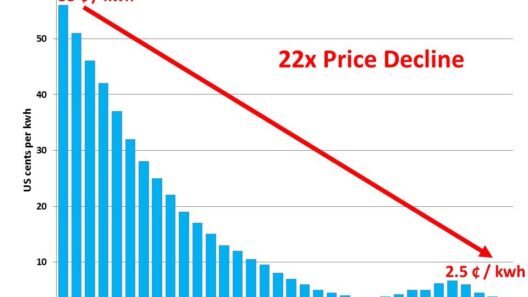Wind power has garnered considerable attention in recent years as a pivotal component of the transition toward sustainable and renewable energy sources. As global concerns about climate change and the depletion of fossil fuels intensify, the scrutiny of alternative energy sources is paramount. Among these alternatives, wind energy stands out, raising an evident yet profound question: Is wind truly a renewable energy source? Exploring this inquiry unveils both the intricacies and the potential of wind power as a sustainable energy solution.
The essence of wind as a renewable entity lies in its abundant and inexhaustible nature. Formed by the uneven heating of the Earth’s surface from solar radiation, wind is generated as warm air rises and cooler air rushes to fill the void. This natural phenomenon leads to the inexhaustible cycle of air movement, fundamentally connecting wind energy to solar energy, underscoring a synergistic relationship between these two primary renewable resources. Unlike coal, natural gas, or oil, wind does not deplete resources but replenishes itself continuously, allowing it to be classified as a truly renewable energy resource.
Yet, classification as a renewable source brings with it an array of implications and deeper considerations regarding environmental sustainability, technological advancements, and social factors.
While wind energy is undeniably renewable, it is essential to examine the broader implications of harnessing this energy. Wind turbines convert kinetic energy into electrical power, presenting a transformative avenue to meet the energy demands of contemporary society. The proliferation of wind farms across the globe epitomizes this movement. Nonetheless, this rapid expansion incites critical reflection on the environmental impact associated with turbine installation. The manufacturing and transportation of turbines, as well as the land use required for wind farms, merit scrutiny. Balancing the environmental roadmap with sustainable practices remains a challenge in the quest to harness wind energy effectively.
Moreover, the lifecycle of wind power generation assists in evaluating its sustainability. From construction to operation and eventual decommissioning, assessing the carbon footprint of each phase reveals a necessity for progressive materials and manufacturing processes. The environmental costs associated with producing wind turbines and the ecological footprint of constructing wind farms, although lower than traditional fossil fuel infrastructures, still warrant diligence. Sustainable practices must emerge alongside technological innovations that prioritize minimal environmental disruption while maximizing energy output.
Another critical aspect is the technological innovation driving wind energy advancements. The evolution of wind turbines demonstrates the potential for increasing efficiency and lowering costs. Modern turbines, characterized by larger blades and enhanced designs, have significantly augmented energy output and reduced the levelized cost of electricity, making wind energy competitive with traditional power sources. However, with advances come complex challenges, particularly concerning maintenance and reliability. Wind farms located in remote areas necessitate extensive transportation networks and skilled personnel to ensure operational effectiveness.
Integrating wind energy into contemporary energy systems also necessitates acknowledging variability and intermittency challenges associated with wind generation. Wind does not blow consistently, leading to fluctuations in energy production. Innovations in energy storage systems and smart grid developments are indispensable in addressing these challenges, facilitating a seamless integration of wind energy into national and regional power distributions. By combining wind energy with other renewable sources, policymakers can develop cohesive strategies that mitigate variability, create stability, and enhance overall resilience in energy supply.
The societal aspect of wind energy introduces yet another layer of complexity. Public perception and community impact play crucial roles in the acceptance and expansion of wind power initiatives. While some communities embrace the presence of wind farms due to their contribution to local economies through job creation and energy independence, others encounter resistance stemming from aesthetic concerns, noise pollution, and the potential disruption to local wildlife habitats. Thus, engaging stakeholders effectively and addressing community concerns are vital for achieving public acceptance and support for wind energy projects.
Policy frameworks and governmental support are necessary for the sustainable advancement of wind energy initiatives. The role of government in facilitating wind energy development through subsidies, tax incentives, and research funding significantly influences the growth of the sector. Clear and supportive policies can expedite the transition toward renewable energy systems while addressing economic and environmental justice, ensuring that the benefits of clean energy transition reach marginalized communities.
In juxtaposition to traditional energy sources, wind power presents an immensely promising pathway toward sustainable energy for the future. Its classification as a renewable energy resource is justified through its inherent qualities, technological advancements, and adaptations to modern energy demands. However, the complex interplay of environmental, social, and economic factors underscores the need for a holistic and multifaceted approach. Harnessing the potential of wind energy to combat climate change and foster sustainability requires concerted efforts, informed policy decisions, and public engagement. By recognizing wind not merely as a fleeting breeze but as a cornerstone of our renewable energy systems, societies can pave the way toward a more sustainable and environmentally responsible future.
